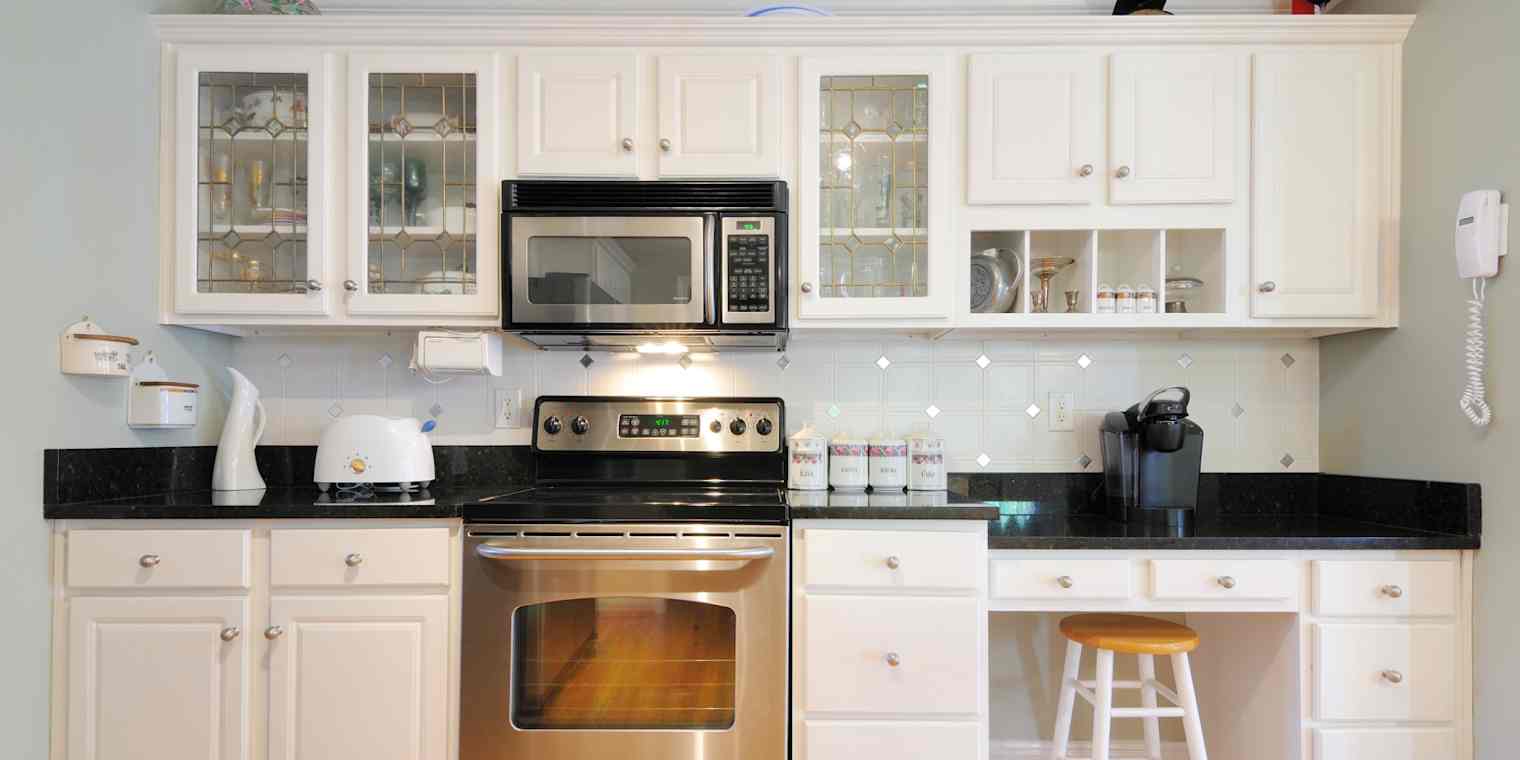Productivity tips
3 min readAre you having a microwave day or a stovetop day?
Know your limits, and lean into them without judgment.
By Erica Betz · January 20, 2023

Get productivity tips delivered straight to your inbox
We’ll email you 1-3 times per week—and never share your information.
Related articles
Improve your productivity automatically. Use Zapier to get your apps working together.







